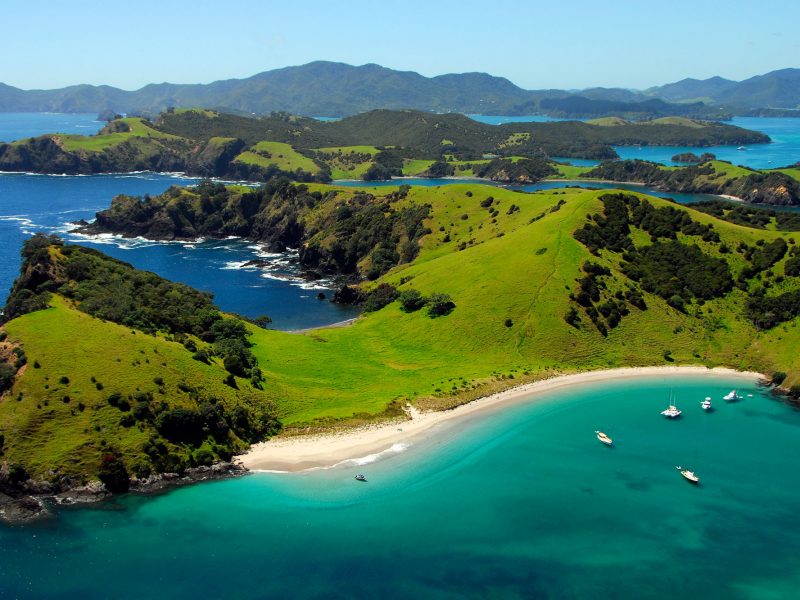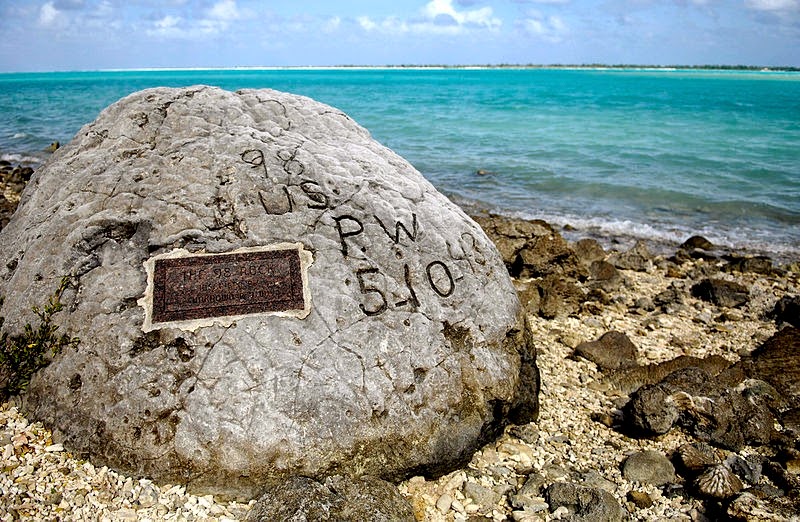
The Long Kept Secrets of Wake Island
Wake Island is a coral and remote island. It contains a tough history of shipwreck, clash, and a horrifying tales war crime. In some of the very big tragedies that occurred, this tiny atoll played a significant role.
Three small coral atolls, Wake, Wilkes, and Peale comprises Wake Island. For simpleness, the three atolls are often simply referred to as Wake Island, the largest atoll of the three, with a total of less than 3 square miles. This unincorporated U.S. territory is inhabited by roughly 150 civilian contractors hired by DOD, situated in the Pacific Ocean in the Micronesia area.
A few of our friends from epoxy flooring Dallas came by to visit last time to check the structures and spend some time in the island. They were enamored by the history of Wake Island.
When there is scheduled a test, the US Air Force and the US Army operates a missile test facility on site and proceed on the island. For civilians, the access is very restricted and the island is not easily visited.

For its significant role in WWII, Wake Island became popular. The island was taken from the US by the Japanese mere hours after the attack on Pearl Harbor, became the site of several brutal clashes. Not before the execution of 98 US civilian POWs, the occupation ended, one of whom temporarily escaped the massacre to score the words “98 US PW 5-10-43” into a coral rock before his beheading.
In remembrance of the victims near their mass grave on Wilkes, the 98 Rock memorial was built. Around all three of the islands remains of Japanese fortifications during the occupation are still visible.
Wake Island witnessed another tragedy. The horrendous end of the German barque, Libelle. There was a collision with the eastern reef of Wake and stranding Captain Tobias and his passengers in 1866. Their ship hit a storm while on a journey from San Francisco to Hong Kong on the little coral atoll. Members of an English opera troupe on their first world tour, along with their star, opera singer Anna Bishop were among the 30 shipwrecked. Also, onboard was Anna’s husband and New York diamond merchant Martin Schultz.
The performers along with the rest of the survivors decided to sail a longboat and the gig out in hopes of reaching Guam after 21 days. While the others did not, the boat that contains Anna Bishop and Martin Schultz made it to the Spanish island. When the gig capsized on the 14-day journey, the captain and much of the crew of the ill-fated Libelle perished.
Before attempting to reach Guam, it was said that Captain Tobias buried a small fortune on Wake Island from coins, stones, and flasks of mercury in the value neighborhood. To drive salvage attempts by five different ships since the hearsay was solid enough, finding the treasure was a failure.
Military History Tours will periodically give day trips to the island although the island is restricted without the rarely allowed “Prior Permission Request.”

Kitty Ramirez is a passionate writer, explorer, and advocate for the preservation and understanding of indigenous cultures and traditional plant medicines. As the author of the blog, Kitty shares her knowledge and experiences from her many journeys across the globe, connecting her readers with the wisdom and healing practices of ancient cultures. Born and raised in a multicultural family, Kitty developed a deep curiosity about the world and its diverse cultures at a young age. Her adventurous spirit led her to embark on a life of travel, exploring the far corners of the Earth in search of transformative experiences and a deeper understanding of human connection. Throughout her travels, Kitty has had the opportunity to immerse herself in various indigenous communities, learning from their rich traditions and sacred healing practices. Her encounters with plant medicines, such as Ayahuasca, Sananga, and Rapé, have been particularly life-changing, inspiring her to share the power of these ancient remedies with a broader audience.
